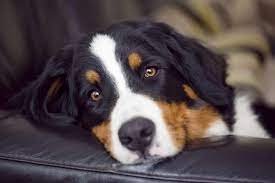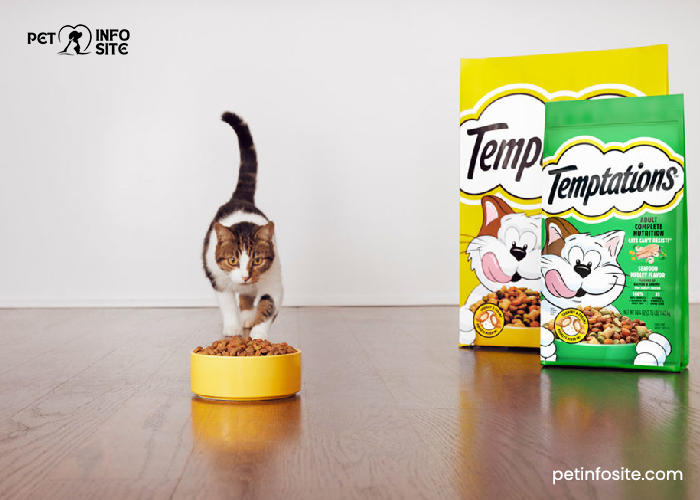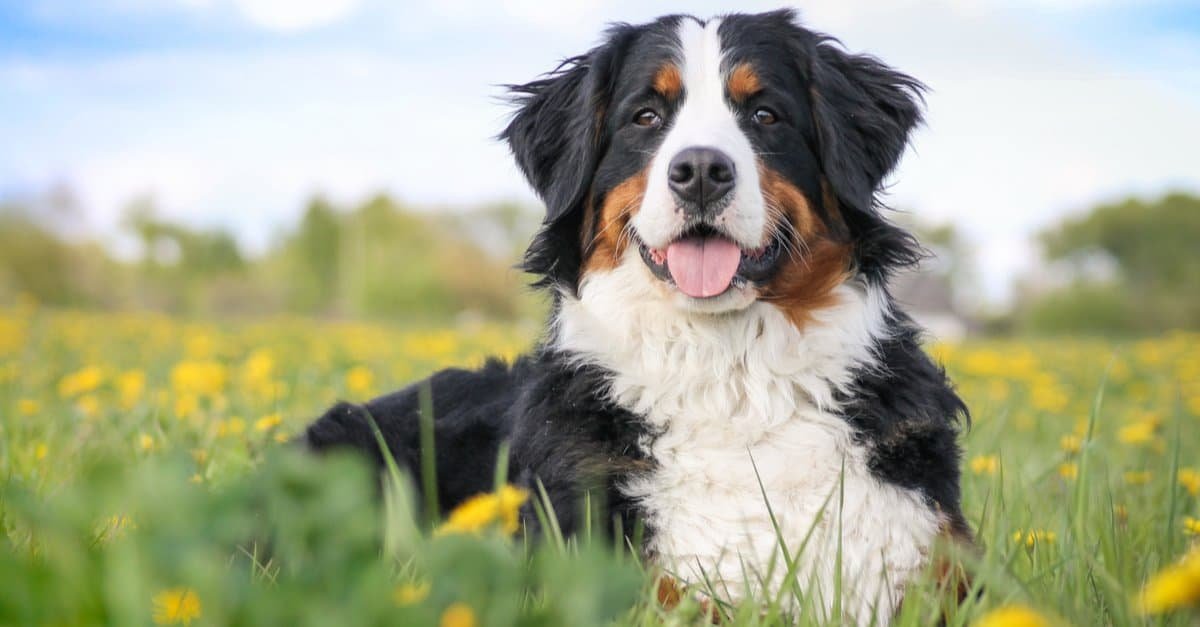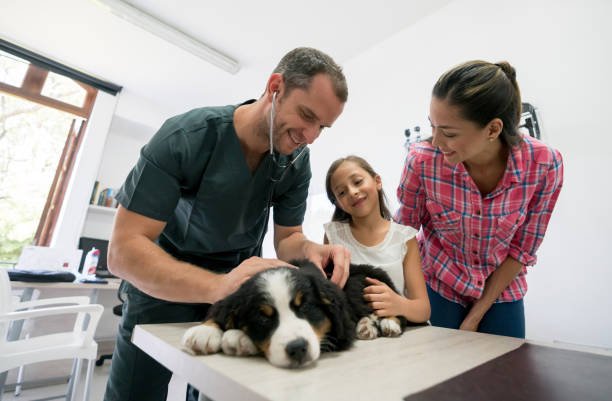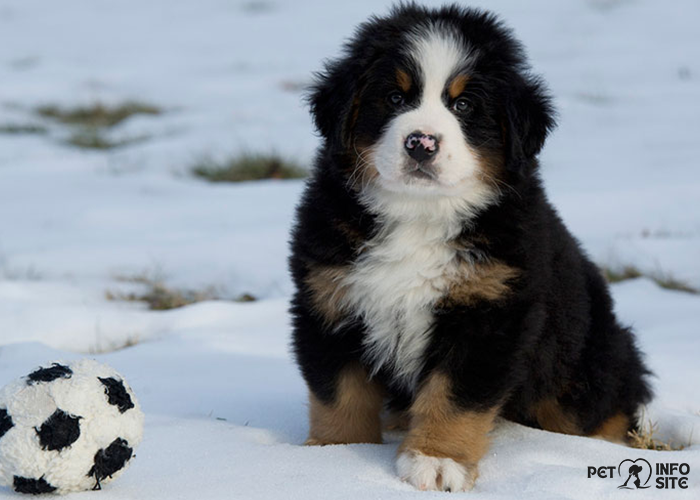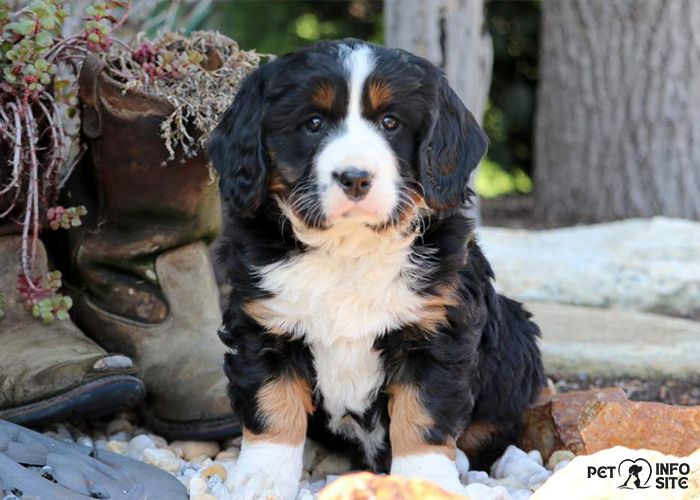Learning and Personality Adjustment for Dogs with Droopy Eyes
Dogs with droopy eyes are a common characteristic of breeds like Bloodhounds, Basset Shepherds, and Cocker Spaniards, which contributes to their special attraction to dog lovers worldwide. They are a favored companion in many households because of their endearing appearance and focused look.
But hidden behind those beautiful eyes are certain behavioral demands that need to be attended to and understood by their owners.
We explore the field of behavior handling and instruction especially designed for dogs with drooping eyelids in this extensive piece.
Developing a fulfilling connection with your dog depends on your ability to comprehend all aspects of their behavior, regardless of your level of experience as a dog owner or your inexperience with canine friendship.
In this article, we’ll look at practical methods for overcoming insecurity and stress, encouraging interaction with humans and other dogs, and helping to establish confidence and reliability.
Understanding these fundamentals of dog behavior and using the right training techniques can help you and your droopy-eyed friend grow closer while also guaranteeing your pet’s pleasure and well-being.
Come along on this fascinating trip with us as we reveal the secrets of bringing your dog’s personality to its fullest and building a peaceful relationship that improves your life together.
Common Breeds Dogs with Droopy Eyes
Dogs with droopy eyes are a beautiful sight that attracts dog lovers worldwide. These adorable facial expressions together with their unique features make them well-liked household pets around. Let’s examine some of the most well-known breeds that are well-known for having drooping eyes in greater detail.
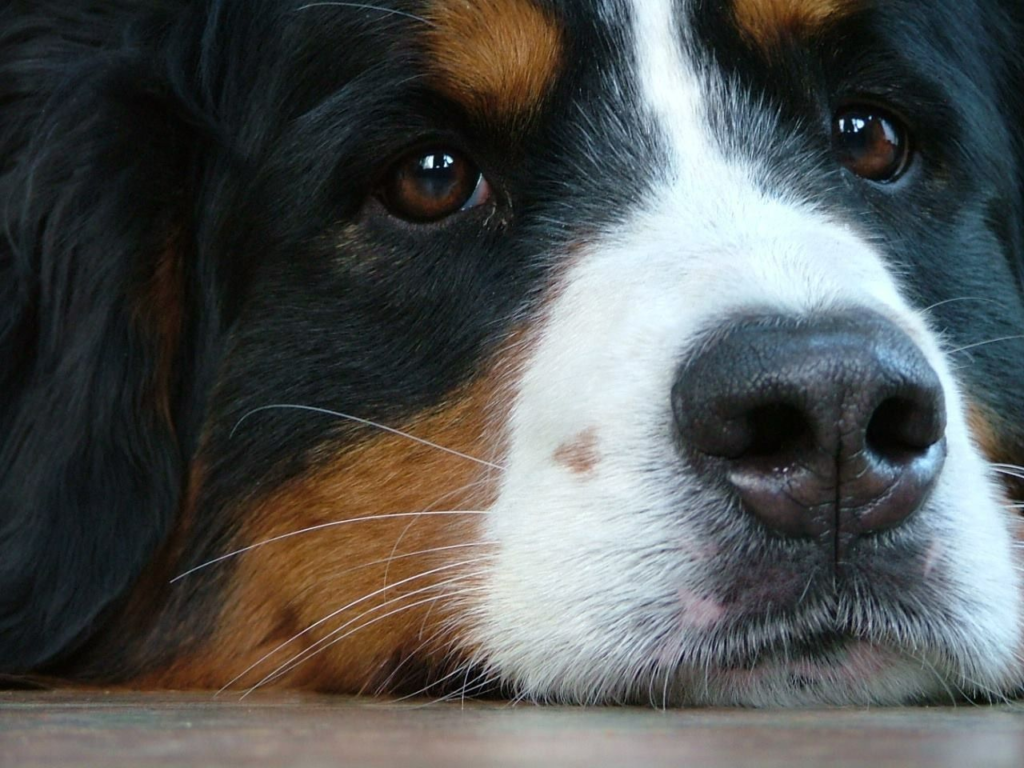
The Bloodhound
Distinctive Look
Bloodhounds may be recognized by their large, flying eyes, which give them a grave, reflective expression. Their eyes, which stand out by their long, drooping ears and open, lines in their skin, complete their unique appearance.
Excellent Tracking Skills
Bloodhounds are known for having the best tracking skills available. They can track smells over great distances because of their keen sense of smell and droopy eyelids. Their dropping eyelids shield them from dirt and aid in maintaining path focus.
Mild temperament
Despite their amazing dimensions, bloodhounds make wonderful family dogs due to their loving temperament. Their hanging lashes, which often symbolize their calm and patient attitude, appeal to both adults and children.
Basset Dog
Unique Features
The Basset Hound’s drooping eyes are framed by its long, silky ears and skin with lines, which gives it a lovely, passionate face. Their large, expressive eyes are well known for their ability to generate pity and soften hearts.
Tracking Feelings
Developed to track games, Basset Hounds maintain visual amounts on fragrances close to the ground by lowering their eyes. Their distinctive features, like as drooping eyelids, enhance their smelling sense.
Kind Ability
Basset Hounds are renowned for having a sociable and loving personality. Their sensitive passing and need to please are reflected in their droopy eyes, which often transmit warmth and affection.
The Saint Bernard
Noble Display
The dogs with droopy eyes of Saint Bernards set within a royal and powerful face, show giving and intelligence. Their large, expressive eyes reflect their gentle nature and firm commitment to their human companions.
Rescue Tradition
In the Swiss Alps, Saint Bernards has a rich and famous history of being used for rescuing dogs. Their droopy eyes and strong build helped locate stranded visitors. Because of their courage and dedication, they continue to be regarded as symbols of compassion and bravery.
Gentle Companies
Despite their enormous size, Saint Bernards are known for having a calm and patient nature. Their droopy eyes are ideal companions for individuals and families alike since they emit a sense of peace and comprehension.
The English Bulldogs
Distinctive Facial
English Bulldogs differ from other breeds by their distinctive facial traits, which include large, droopy eyes that are positioned behind raised eyebrows and pushed-in noses. Their beautiful eyes often convey a range of emotions, from wonder to fulfillment.
Confident Yet Devoted
Despite their hard appearance, English Bulldogs become brave and loving friends. Their droopy eyes, which express their loving and playful attitude, will endear them. To families and people seeking a trustworthy and loyal friend.
Adorable Family Pets
English Bulldogs have gained the hearts and minds of dog lovers everywhere with their charming personalities and loyal nature. Their deep bond with their human buddies appears via their thick eyelids, which act as windows into their souls.
The Spaniel Cocker
Elegant appearance
With their silky hair, long, pointed ears, and droopy eyes, Cocker Spaniels have an attractive and refined appearance. Their sensitive, vibrant eyes reflect their kind, laid-back personality, and radiate intelligence.
Flexible and Able
Cocker Spaniels are very flexible and able dogs that make wonderful hunting companions and loving house pets. Their drooping eyelids create closer bonds with their family members and improve their ability to communicate with others.
Devotion & Loyalty
Cocker Spaniels are well known for their steadfast devotion to their human lovers. Their droopy eyes often express their steadfast dedication and affection, making them beloved family members.
Health Impacts and Issues
While they have a certain attraction, dogs with drooping eyes also need special attention to keep their eyes healthy. To keep a pet, one must be aware of the possible health risks and issues related to drooping eyelids. Here’s a closer look at some typical health problems:
Infections and Rashes in the Eyes
Causes
Some breeds are more sensitive to eye infections and irritations due to their drooping eyes. The risk of discomfort and infection might be increased by pollen, dust, or foreign. Particles are trapped in too many folds and loose eyelids.
Symptoms
Redness, swelling, frequent flashing, looking up, or discharge are indicators of infections or discomfort of the eyes. To ease their pain, dogs may rub their noses against objects or paw at their eyes.
Treatment
An initial review by a doctor is essential to determine the true reason and the most effective course of treatment. Treatment may include oral or topical creams that decrease eye inflammation and treat infections.
Separation and Entropy
Swelling
A condition known as swelling causes the eyelid to move forward, rubbing its lashes on the lens. Swelling may cause cuts, tumors, and visual discomfort.
Ectropion
Ectropion is the inward curling of the eyelid that reveals the inner surface. It may cause pain, drying out, and a higher chance of disease.
Management
Surgery may be necessary to address entropion or depression and prevent further issues. The goal of the operation is to realign the eyelids to reduce pain and resume regular function.
Extensive Release and Cracking
Causes
Ocular inflammation, reactions, or stuck tear ducts may all result in excessive tears in dogs with drooping eyes. Tear stains around the eyes and facial discomfort may result from excessive tearing.
Preventive Measures
Preventive measures include washing the region around the eyes with a wet cloth to help get rid of dirt and avoid tear stains. Treating underlying issues like allergies may also aid in lowering tear output.
Ocular hypertension
Definition
Blindness is characterized by elevated pressure in the eye, which damages the central nervous system and results in vision loss. Breeds with drooping eyes may be extra at risk for cataracts because of structural problems that impede the normal flow of fluids.
Symptoms
Glaucoma symptoms include redness, visibility, expansion of the pupils, loss of vision, and pain. To reduce pressure and maintain eyesight, acute sufferers of glaucoma need to be seen by a veterinarian almost once.
Management
Medication to lower intraocular pressure, surgery to enhance fluid outflow, or, in extreme situations, enucleation (eye removal). To relieve discomfort and stop further problems are some forms of treatment that may be used.
Lenses
Definition
If ignored, cataracts cause the lens inside the eye to fog, impairing vision and leading to blindness. Any dog may get cataracts, but certain breeds with drooping eyes may be at greater risk than others.
Diagnosis and Treatment
A veterinarian must do a comprehensive eye examination to diagnose cataracts. Timely treatment, such as removing the damaged lens to restore sight and enhance quality of life, is made possible by early identification.
Owners may guarantee early identification and proper care of ocular disorders in dogs with droopy eyes by being aware of these possible health concerns and setting up routine veterinarian examinations.
Additionally, they can protect their dog friends’ ocular health and general well-being by giving them the right eye care, which includes routine cleanings and keeping an eye out for any symptoms of pain.
Maintaining Personal Appearance and Taking Care of Eyes
Taking good care of your pet’s eyes and keeping them groomed is crucial, especially for dogs whose eyelids are droopy. To preserve their general health and eye health, these breeds often need special care. Here’s a detailed look at good grooming methods and eye care methods:
Consistent Cleaning Methods
Full Maintenance
Use a veterinarian-recommended eye wash or a light salt solution to clean the area around the eyes. Soak a fresh cotton pad or a soft, lint-free towel in the solution to remove any dirt or particles that may have accumulated behind the eyes.
Gentle Approach
Take extra care while handling the eye region; don’t rub or apply too much pressure. To prevent the disease from spreading, give each eye a separate pad or cloth.
Duration
Include eye cleaning in your dog’s normal grooming routine if they are sensitive to tear streaks or discharges from the eyes. Maintaining eye health and minimizing debris formation need consistency.
Looking for Indications of Anger or Infection
Comprehensive Examination
Invest some time to examine your dog’s eyes. Temporary problems including infection, inflammation, or damage may be indicated by any irritation, cloudiness, or unusual discharge.
Behavioral Observations
Keep an eye out for any signs of pain or anxiety connected to your dog’s eyes by observing how they behave. Blinking, looking up, rubbing the eyes, or grabbing the face may be signs of discomfort, irritability, or visual issues.
Timely veterinarian Care
Make an appointment for a veterinarian checkup as soon as you see any troubling indications or changes in your dog’s eye health. Timely treatment may be facilitated and problems can be avoided with early detection.
Plucking Fur Near the Eyes
Removing Obstructions
Long hair that falls about the eyes may catch dust, debris, or tears, making it difficult to see. Trim the fur within the eyes to enhance vision and shield against irritations and infections.
Safe Techniques for Trimming
To cut the hair around your dog’s eyes, use grooming cutters made for sensitive regions or blunt-tipped scissors. Take care not to cut or hurt the skin, and if you’re not sure, ask a professional groomer for advice.
Sustaining Health
To reduce discomfort and preserve a neat, well-groomed look, clip the hair within the eyes to a controllable length.
Applying Appropriate Eye Washes or Drops
Physician guidance
If your dog suffers from ocular issues, such as irritation, dryness, or excessive tearing, see a doctor for specialized guidance. Depending on your dog’s requirements, they may offer shampoos, coverings, or eye drops that have been made.
Appropriate Use
Follow your veterinarian’s directions when using recommended eye drops or washes. To make space for the medicine, draw down your dog’s lower eyelid while maintaining a stable head position for your dog. Make sure the dropper tip does not come into reach of the eye while applying the prescribed amount straight into it.
Follow-Up Care
As directed by your veterinarian, continue to the recommended treatment plan and make follow-up advice. Keep an eye on how your dog is responding to the medicine, and mention any changes or issues at once.
You may support your dog’s ocular health and improve their general quality of life by including these cleaning and eye care techniques into their daily routine. Always put your dog’s health and well-being first when it comes to grooming and eye care, and remember to be patient, kind, and attentive in how you act.
Instruction and Behavioral Factors
In particular, for breeds with drooping eyes, raising a well-rounded healthy canine companion requires effective training and treating behavioral issues. By using suitable training methods and being aware of your dog’s character, you may create a peaceful bond based on trust and respect for each other. Let’s take a closer look at behavior and educational issues for dogs with drooping eyes:
Establishing Confidence and Respect
Positive Communication
To improve the relationship you have with your dog, schedule frequent playdates, walks, and instruction sessions. Good relationships create confidence and trust, which provides the groundwork for effective instruction.
Gradual Lighting
To avoid overloading your dog, introduce new situations, people, and events little at a time. You may increase their strength and trust by introducing them to new situations.
Consistent Management
Through regular training and transparent communication, you may project an image of yourself as a composed and confident leader. Reliability and structure are important to dogs with drooping eyes because they make them feel safe and confident in their surroundings.
Dealing with Nervousness or Anxiety
Finding Causes
Make a note of the circumstances or stimuli that cause your dog to become tense or anxious. Frequent reactions might include crowded areas, strange items, or loud sounds.
Relaxation Training
Provide your dog with managed pleasant exposure to these events over time, associating them with praise and treats. Your dog’s fear reaction will lessen as they come to identify stressful events with pleasant experiences.
Relaxation Methods
To assist your dog in managing tension and anxiety, try deep breathing techniques, massages, and loving pet care. Offering a secure haven, such as a comfortable bed or shelter, may also be comforting in trying times.
Strategies for encouraging behavior
Reward-Based Instruction
Promote desired actions and discourage undesired ones by using rewards-based approaches. Treats, congratulations, or toys should be given to your dog when they display desired behaviors, such as performing directions or maintaining a composed attitude.
Accurate Method
Use clicking toys as an accurate method to say desirable actions and establish communication with your dog. To strengthen positive connections, associate the clicker’s sound with sweets or prizes.
Tolerance and uniformity
Reliability is essential for effective instruction. Avoid correcting or telling your dog for errors; instead, be mindful and patient in your efforts. Refocus their attention to the desired activity instead, and give them credit for their efforts.
Getting Along with People and Other Dogs
Structured Training
To encourage good integration, set up controlled encounters with strangers and supervised playtime with other dogs. To guarantee comfort and safety, promote pleasant relationships, and keep an eye on body language.
Exposure to Diverse Situations
Take your dog on frequent walks so they may experience a variety of settings, including natural areas, beaches, and cities. As a result of this exposure, they gain comfort in unfamiliar situations and learn to recognize a variety of cues.
Instructional Sessions
To provide your dog with legal chances for learning and socializing, enroll them in training lessons or socialization seminars. Trainers may provide expert advice on how to handle certain behavioral issues and reinforce training concepts.
You may assist your dog in becoming a self-assured, polite friend by devoting time and energy to training and behavioral issues. Always remember to adjust your methods to your dog’s unique requirements and temperament, and get expert advice if you run into problems or need more help. You can build a solid relationship and fulfilling collaboration with your droopy-eyed dog companion by being patient, and consistent, and providing generous reinforcement.
Conclusion
In summary, taking care of a dogs with droopy eyes is a pleasing and pleasing experience that calls for commitment, tolerance, and comprehension.
We’ve looked at several techniques and ideas in this post that help with the special behavioral requirements of these valued breeds. Prioritizing activities that foster trust, including constructive training and introducing new experiences, can help you establish a strong and loving connection with your dog.
Your dog will feel safer and more certain while exploring the environment of fear and anxiousness with gentle retraining and soothing help. Systems for encouraging behavior provide an effective way to teach desirable behaviors and develop a positive connection between you and your pet.
You may convey your expectations and increase beneficial habits by praising excellent conduct and correcting undesired ones. Moreover, socialization is essential for dogs with droopy eyes to grow up and form wholesome bonds with humans and other dogs. The relationship you have with your droopy-eyed friend depends in the end on affection, confidence, and understanding.
As you begin a journey full of love, unity, and life-long memories with them, you not only improve their standards of life but also your own by spending time and energy on their education and behavioral control.
May the special bond you have with your devoted and loving dog partner bring you happiness and contentment as you try to build this precious relationship.
FAQs
How can you make my dog feel more at ease around their drooping eyes during cleaning workouts?
To make grooming related to good experiences, begin adding grooming products and using encouraging tactics, including giving treats or praise. If your dog exhibits indications of anxiousness, take pauses and treat them all the way through.
My dog feels anxious in strange situations or around strangers. How can I make them relax more?
Your dog may overcome nervousness with the aid of rewards and regular exposure. adjust them to new situations and people while rewarding calmness. Remind them and refrain from exposing them to too many novel events at once.
What are a few indicators that my dog’s drooping eyelids might be causing them to feel anxious or uncomfortable?
Keep a look out for symptoms of discomfort including squinting, grabbing at the eyes, or frequent breathing. Anxiety may also be indicated by behavioral changes, such as making eye contact or displaying stressed-out symptoms. For advice, speak with your pet’s doctor if you see these symptoms.

